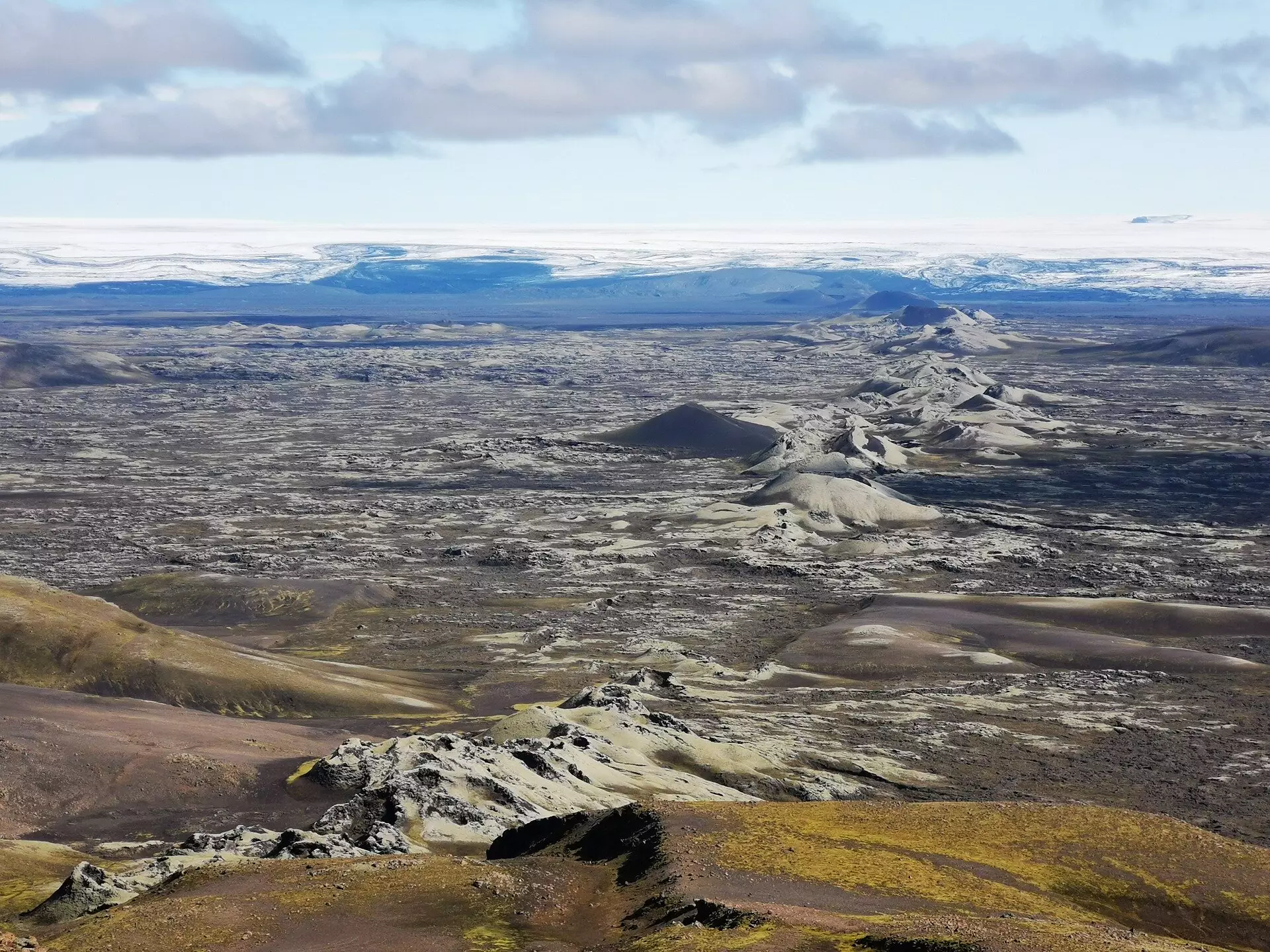The intricate dance of continents on Earth’s surface is a tale as old as the planet itself, unfolding over an expanse of 1.8 billion years. Recent groundbreaking research has illuminated this epic journey by utilizing geological records to reconstruct the planet’s tectonic activity and continental movements over vast periods. Spearheaded by Xianzhi Cao from the Ocean University in China and published in the open-access journal Geoscience Frontiers, this study employs an innovative approach to visualize Earth’s geological history, offering a stunning interpretation of how our planet has transformed through time.
The animated reconstruction begins with the familiar geographical layout we know today, allowing viewers to appreciate the drastic changes that have occurred. Initially, the animation illustrates the rapid southward movement of India, accompanied by shifts within Southeast Asia as they align within the massive ancient landmass of Gondwana. This formation, situated in the Southern Hemisphere approximately 200 million years ago, bore witness to the iconic reign of dinosaurs. Subsequently, this fragment of land amalgamates with North America, Europe, and northern Asia, culminating in the formation of the supercontinent Pangea. As the visualization advances, it reveals the older supercontinents in succession, ultimately leading back to the ancient Rodinia and even further to Nuna, a long-gone landmass dating back around 1.35 billion years.
Earth is distinguished in the solar system by its active plate tectonics, where rocky plates clash, interlock, and shift, creating monumental mountains and deep oceanic valleys. This cyclical process does not merely facilitate the formation of landscapes; it underpins numerous ecological systems essential for fostering life. Plate tectonics initiates earthquakes and volcanic activity while also exposing deep-seated minerals that, over time, enrich rivers and ocean waters with vital elements such as phosphorus and molybdenum. These elements are crucial to the structural integrity of biological compounds, including DNA, and play significant roles in nitrogen fixation.
Moreover, the interaction between tectonic processes and atmospheric chemistry has profound implications for Earth’s climate. The ability of rocks to sequester carbon dioxide, a greenhouse gas, plays a pivotal role in long-term climate regulation, providing insight into climate shifts that far predate human influence. Mapping Earth’s tectonics of the past is a foundational element in creating a comprehensive digital model that elucidates intricate relationships between geological processes and surface environments.
This research opens avenues for addressing pivotal questions concerning Earth’s climate history, such as the extreme glacial events termed “Snowball Earth” and the surge of atmospheric oxygen. The interrelation between Earth’s physical structure and biological evolution is emphasized through the study of complex cellular organisms, which trace their origins to approximately 1.65 billion years ago, coinciding with the formation of the supercontinent Nuna. Investigating the mountains formed during this era may lead to revelations on how these geological features contributed to the availability of nutrients necessary for the advent of complex life.
The influence of plate tectonics extends beyond fostering biodiversity; it also modulates the distribution of essential metals like copper and cobalt. These crucial elements undergo processes that precipitate them from oxygen-saturated waters, forming metal-rich ore deposits commonly found in volcanic remnants along ancient tectonic margins. By decoding the shifting boundaries of past plates, scientists can better aid mineral exploration efforts, unearthing the treasures buried deep beneath younger geological formations.
As we journey through the 4.6 billion years of Earth’s history, the findings of this research signify a mere inception point in an extensive exploration of our planet’s geological legacy. The initial mapping of the last 1.8 billion years stands as a monumental achievement, yet it represents just the beginning of our quest to understand Earth’s dynamic past. The knowledge embedded within the rocks beneath our feet holds essential insights into the Earth’s evolution and the intricate tapestry of life it supports. Future endeavors will undoubtedly enhance our understanding further, propelling us toward a more profound appreciation of our planet’s past and the geological processes that continue to shape its destiny.


Leave a Reply